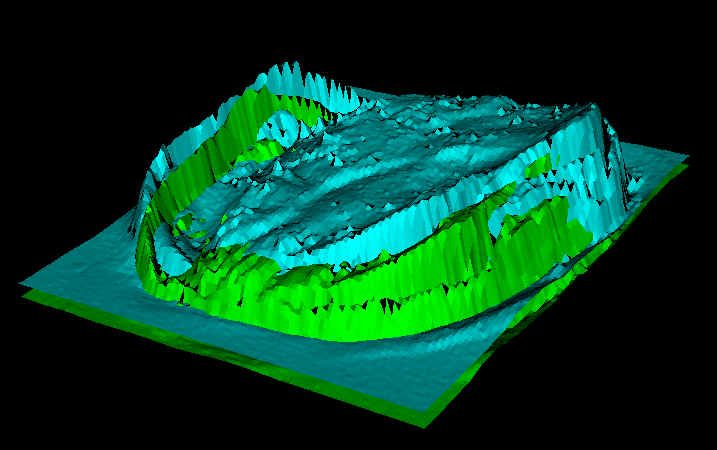|
|
|
Eastman Home | |
|
Facilities within the DivisionBackground The division is extremely well equipped with a wide range of analytical equipment and has a major focus on thermal analysis techniques. The following equipment is available: Brüker D8 diffractometer equipped with thin film facilities and also an Anton Paar high temperature stage capable of attaining 1600C. The department uses X-ray diffraction to look at a number of parameters of the ceramics produced. Also this data is used for structural refinement. Once data has been collected using diffraction techniques, a huge variety of parameters may be determined, such as unit cell dimensions, quantitative phase analysis and chemical structure. This is done by setting up a model of the structure from which a diffraction pattern may be calculated. Then, by varying parameters, the model is brought close in shape to that for the measured data. At this point, the structure may then be elucidated and crystal structures drawn up. A Diamond DSC system is available for characterisation of the thermal properties of a wide range of materials. Options available include very fast heating rates and platinum pans for high temperature work.
The Diamond DSC unit
A Perkin Elmer DMA7 is available for Dynamic Mechanical Analysis on and has two major advantages: (1) very small samples may be used and (2) the testing can be non-destructive. Both very simple evaluations may be performed as well as extremely complex dynamic testing with testing as a function of temperature and frequency available. Also loading regimes available include three-point bend, tensile, film grips and compression.
The department has a Setaram combined TG-DTA unit for thermal analysis of a range of different materials, from room temperature up to 1600C. The samples may also be analysed in a variety of different atmospheres. Combined data may be obtained for both weight loss and Delta T against temperature. The TG/DTA is shown below:
Dionex ion chromatography system capable of analysing anions, cations and transition metals. We have three instruments, to allow cations to be measured and also a more complex systems for investigating anions and other more complex chemistry such as transition metals and polyphosphates. Both instruments are equipped with autosamplers and racks are available for up to a hundred samples to be loaded. This first figure shows a chromatogram of the measurement of the release of sodium and calcium from a phosphate based glass.
Pye Unicam scanning visible/UV spectrometer. The Perkin Elmer FTIR / Raman series 2000 instrument allows rapid collection of spectra of liquids and solids. These allow identification of components in materials and quantification of chemical reactions.
As an example the Figure below shows the FTIR spectra of a glass ionomer dental cement as it sets. From such data the rate and extent of acid neutralisation in the cement can be obtained.
Instron mechanical testing frame Dartec/Zwick servohydraulic 25kN testing frame. It is estimated that 90% of devices fail due to fatigue. Thus in order to mimic more closely what is happening in rela life it is necessary to perfom not only straight testing to measure the mechanical properties but also to put the sample through long term load-unload cycles. The department has recently acquired a Dartec servohydaulic testing machine for performing such tests. KSV contact angle measurement equipment PSIA atomic force microscope BioRad Confocal laser microscope equipped with two lasers. These are being used for optimisation of the processing conditiuons of hydroxyapatite and to optimise the deflocculation of the slips. The rheometer used is shown below:
The Proscan laser 3D profiler allows rapid collection of data for surface topography. From this data, 3D images may be collected and analysed for parameters such as curvature and roughness. Work is also progressing using mathematical algorithms to subtract datasets to allow wear measurements to be carried out. The first image shows a data set of a surface. The second image shows two datasets from the same specimen. The green is before abrasion and the turquoise is after abrasion. These datasets have not been aligned.
Contact Details Professor
Jonathan Knowles UCL
Eastman Dental Institute |

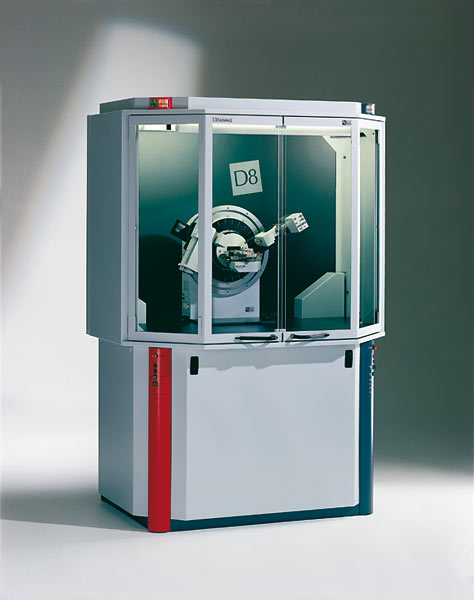
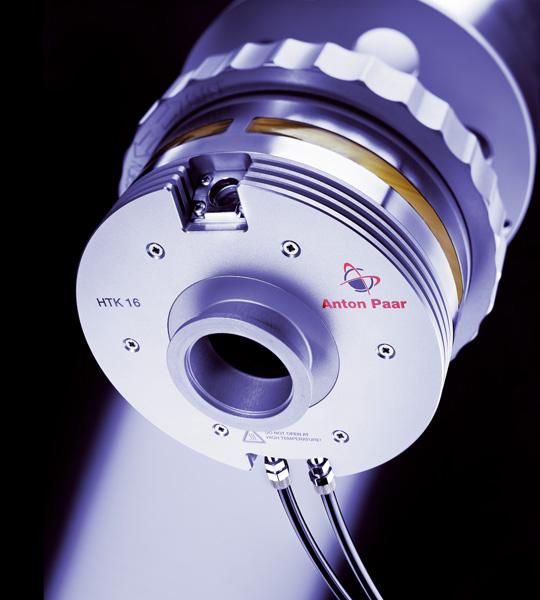
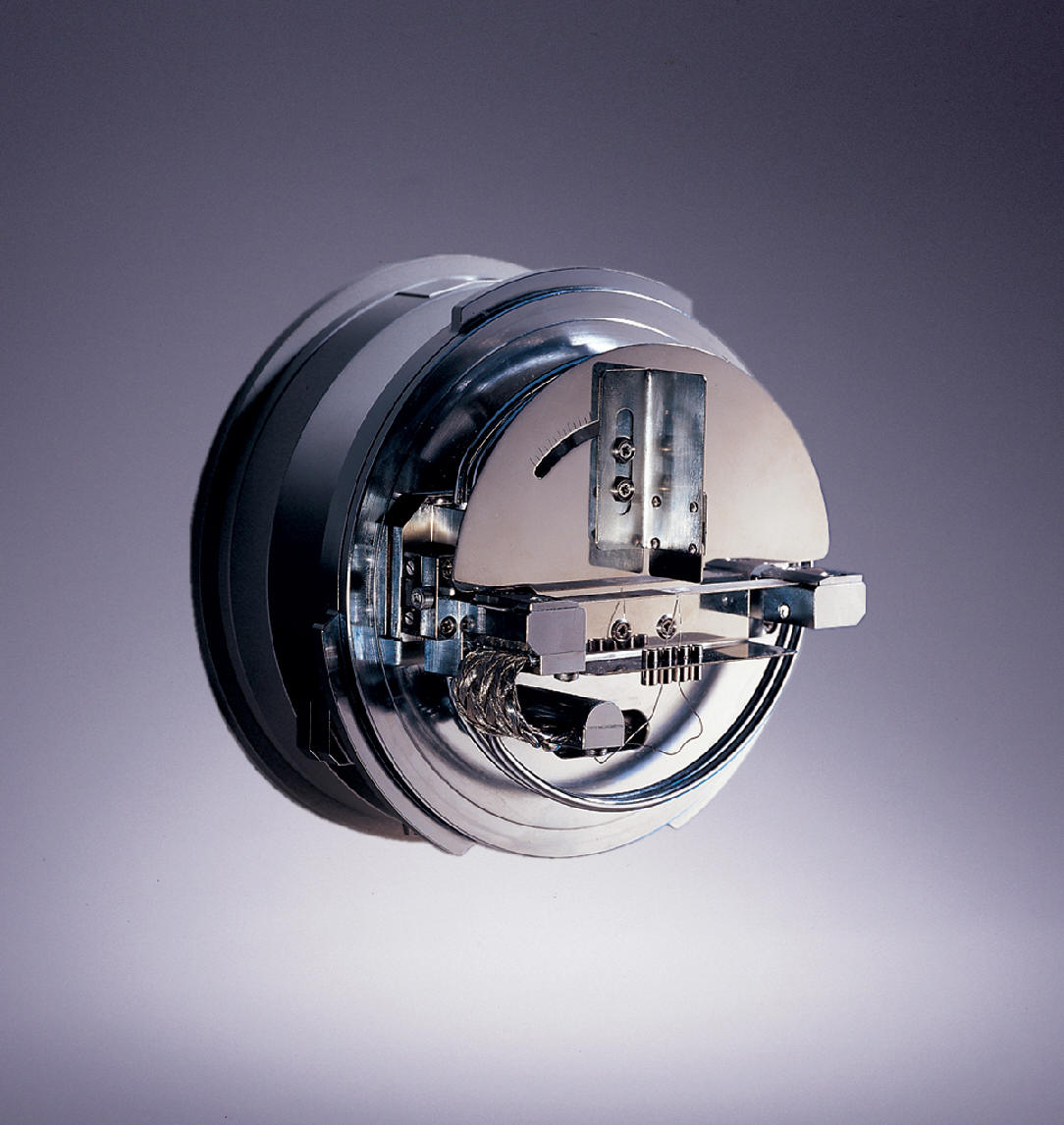
 Perkin
Elmer Diamond DSC with a range of analytical software including
facilities for isothermal crystallisation.
Perkin
Elmer Diamond DSC with a range of analytical software including
facilities for isothermal crystallisation.  Perkin
Elmer DMA 7 for dynamic thermo-mechanical analysis of specimens.
Perkin
Elmer DMA 7 for dynamic thermo-mechanical analysis of specimens.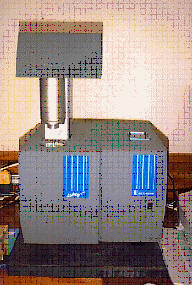 Setaram
combined DSC/TGA capable of reaching 1600C.
Setaram
combined DSC/TGA capable of reaching 1600C.


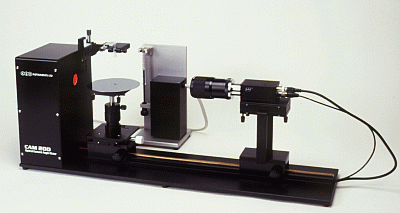
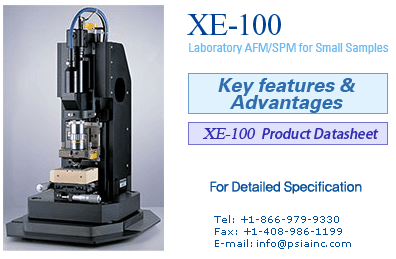
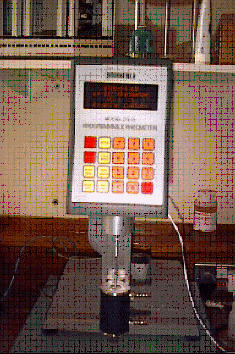 Brookfield
DVIII viscometer
Brookfield
DVIII viscometer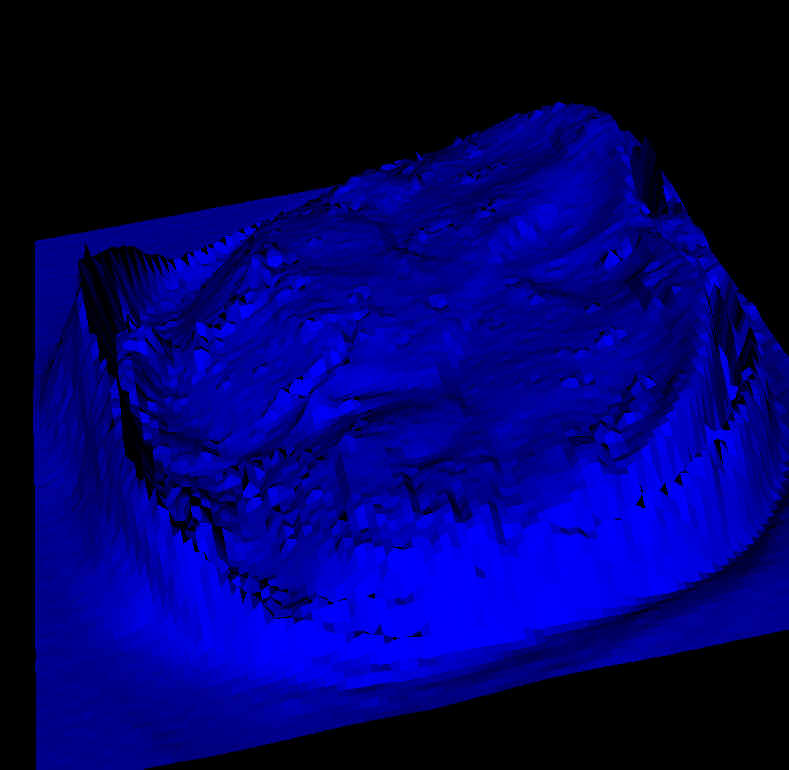 Proscan
3D laser scanning system
Proscan
3D laser scanning system